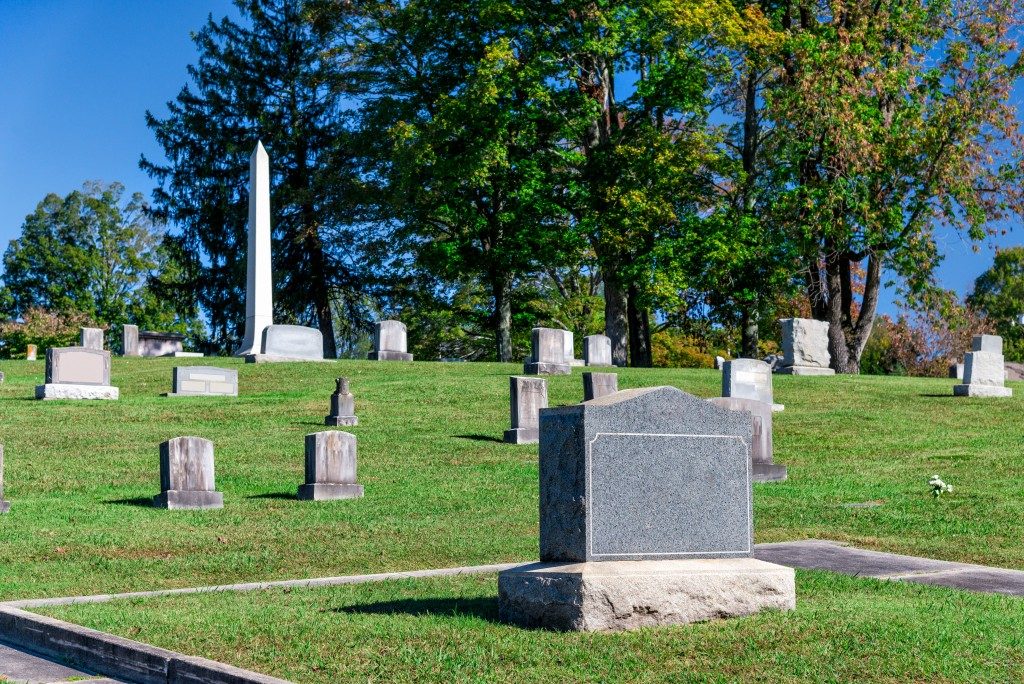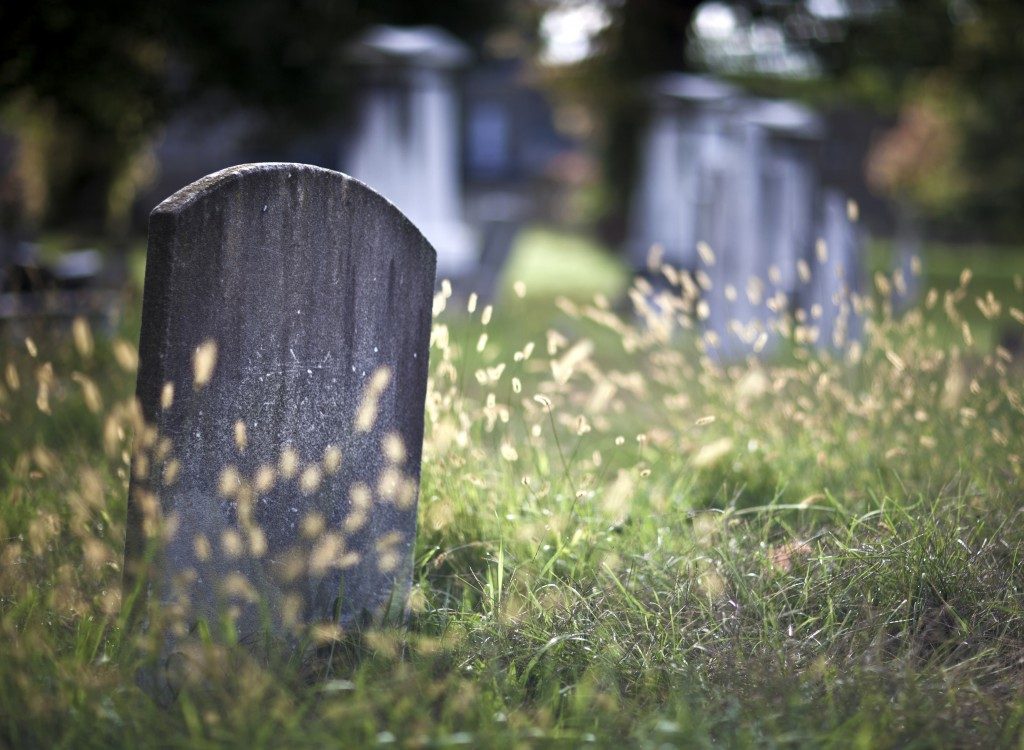After the passing on of your loved one, there will be a few mementos left to remember them by. Most of these might get lost or eventually be given away, but one thing that will remain to commemorate the deceased’s life is their headstone.
As such, most people will take the time to choose the best inscriptions, designs, and materials for the tombstone. Few, however, bother with its maintenance after the funeral. Owing to the environmental conditions headstones in Salt Lake City are subjected to, the coatings and finishes on them deteriorate over time. The material used for the tombstone itself also wears out and starts breaking off.
The stone thus looks nothing like the beautiful memorial you want to remember your loved one by. Thankfully, funeral homes that design headstones can also offer a variety of resurfacing options to get your loved one’s back to its original design. Here are some of these alternatives.
Resetting
This is used for upright headstones which have shifted from their base. In most instances, the inscribed portion of the grave marker and the base have been separated.
In resetting, the failed concrete or shifted soil is removed from under the base and replaced with a stable aggregate which is then tamped down. The base is then installed and the stone replaced on the base using lime and mortar, a setting compound or epoxy.
Epoxy Fillings
 Marble headstones and those that are thin or comprise intricate parts are commonly damaged or broken by strong winds and temperature variations. Epoxy can be used to fit the broken pieces back to the central stone after the headstone is cleaned.
Marble headstones and those that are thin or comprise intricate parts are commonly damaged or broken by strong winds and temperature variations. Epoxy can be used to fit the broken pieces back to the central stone after the headstone is cleaned.
If the damaged or broken off pieces of the stone are lost, mortar is used to recreate the damaged parts to resemble the original closely. The pieces are then stuck onto the headstone.
Mechanical Resurfacing
In this technique, the headstone’s look is restored using water and diamond abrasives to produce a consistent and smooth finish. This method is used for thick headstones such as granite since the diamonds can damage other headstone materials.
During mechanical resurfacing, there might be tiny granules which flake off the stone and fade your inscriptions. This can be redone using epoxy filling.
Some cemeteries do not, however, allow this method of resurfacing because of the risk of fading inscription. You should, therefore, check before opting for this mechanical resurfacing.
Drilling and Pinning
In this technique, the broken pieces of a headstone are drilled, and then a pin is inserted through them to form one piece. Although commonly used in the past, drilling and pinning are not so common nowadays. This is because the technique might put more strain on an already compromised headstone and result in further damage.
You would not want to visit your loved one’s resting place and find the headstone in disarray or, even worse, completely crumbled. The above-resurfacing options ensure the headstone remains new and enhance its durability.
Moreover, some cemeteries require resurfacing of the tombstones in their plots periodically to keep their grounds looking pristine. Visit a funeral home today and get the best resurfacing alternative to restore the glory of your loved one’s headstone.

